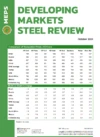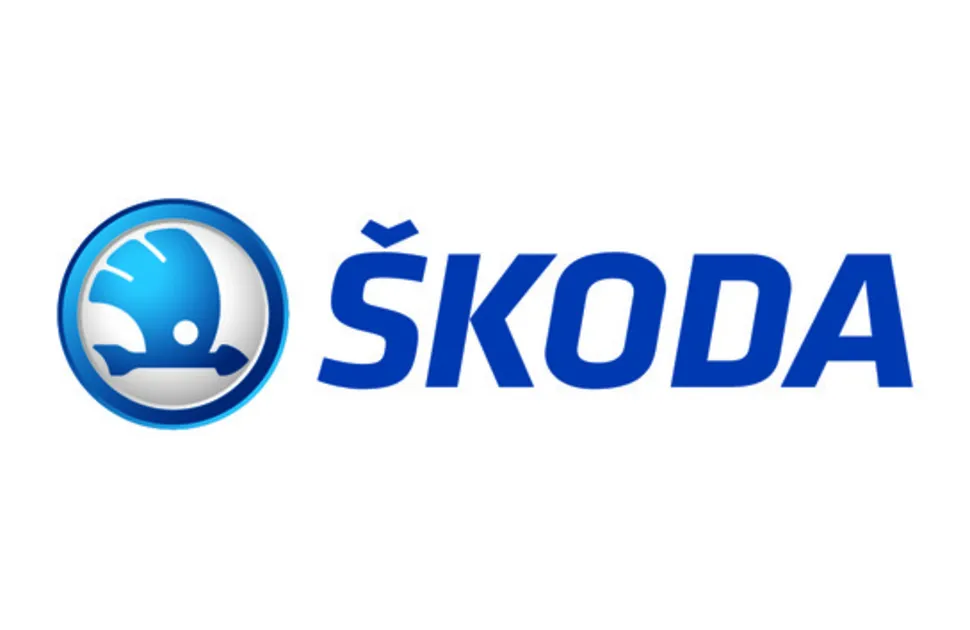Indian budget focuses on growth, not trade protection
India’s Union Budget increased steelmakers’ expectations of growing demand from infrastructure projects but failed to implement new measures to reduce low-cost steel imports.
Apart from a revision in the tariff rate on flat rolled stainless steel products (600mm or more in width) from 22.5% to 15% there were no significant announcements regarding changes to duties or tariffs on imported steel products. MEPS’s research contacts in India say that a basic customs duty that remains unchanged at 7.5% will mean that there is no significant change to the cost of importing steel.
The absence of any significant change to India’s trade defence measures has raised concerns among India’s steel manufacturers. They have been grappling with increased competition from low-cost imports, particularly from China. According to provisional data, India's finished steel imports rose by 20.3%, to 7.27 million tonnes, in the period from April to December (the first nine months of FY2024/25).
MEPS global market research analyst, Amit Kumar, said: “Domestic steel prices have been declining for the past three to four months due to an increase in low-cost imports and subdued market activity. This is, of course, influenced by the festive season and multiple state elections.
“While the government did not announce any safeguard duties on steel products, contrary to industry expectations, its ongoing commitment to infrastructure development could boost market sentiment and potentially lead to price stabilisation in the coming weeks.”
Infrastructure spending will drive steel demand
Despite the lack of major revisions to India’s trade protection measures, the country’s steel industry was encouraged by the government’s continued emphasis on infrastructure development in its latest Union Budget. This is expected to increase demand for steel in the coming years.
Finance Minister Nirmala Sitharaman announced a capital expenditure allocation of INR11.20 trillion (USD128bn) for FY2025/26, a 9.8% year-on-year increase over the estimate for FY2024/25. This allocation remains stable at 3.1% of GDP, underscoring the government’s commitment to using infrastructure development as a tool for economic growth and job creation.
The Indian Railways received an allocation of INR2.52tn (USD28.8bn) to modernise the railway network through freight corridor expansions, rail centre upgrades, and enhanced safety measures. Meanwhile, the state-owned National Highways Authority of India (NHAI) will benefit from increased funding of INR1.88tn (USD21.5bn).
The Indian government also announced its creation of a INR250bn (USD2.86bn) Maritime Development Fund. The government will contribute up to 49% of this funding, with the remaining funds to be raised from ports and the private sector. Furthermore, an Urban Challenge Fund of INR1tn (USD11.44bn), with a proposed allocation of INR100bn (USD1.44bn) for FY2025/26, will promote the development of high-rise buildings, metro systems, commercial complexes, and industrial hubs.
MEPS respondent’s doubts over government stimulus
Despite the global slowdown in steel demand, India’s steel consumption is forecast to grow by 8.5% in the 2025 calendar year, according to worldsteel’s short-range outlook, which was published in October. The government’s sustained focus on infrastructure spending is expected to support this growth.
Nonetheless, several of MEPS’s Indian market research partners have expressed concerns over the slower allocation of government funds and the slower progress of existing infrastructure projects during recent months. Consequently, they express doubts over the tangible impact of the latest budgetary allocations.
Highlighting the potential indirect benefits of the Union Budget’s spending commitments on the country’s steel industry, however, Kumar said: “A reduction in direct taxes should boost middle-class spending, leading to growth in automotive and consumer sectors, which together account for approximately 15% of India's total steel consumption. The real estate sector is also expected to benefit from this increased purchasing power.”
- Insight from India’s steel market is featured in MEPS’s Developing Markets Steel Review. The monthly publication also includes market commentaries, prices and price indices from Turkey, Russia, Brazil, Mexico, South Africa, UAE and China. Contact MEPS for details of how to subscribe.

Source:
Developing Markets Steel Review
The MEPS Developing Markets Steel Review is an informative and concise monthly guide to carbon steel prices in important emerging markets around the world.
Go to productRequest a free publication





